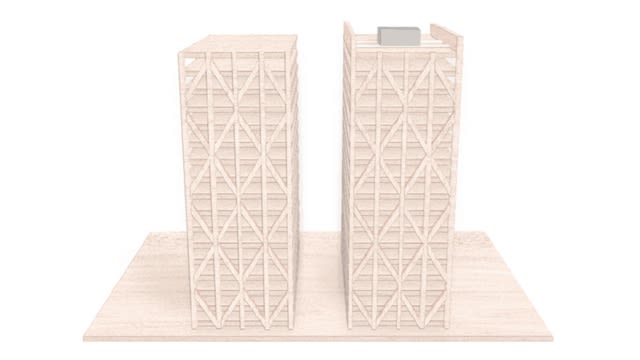Cor123
Materials
- May 29, 2015
- 18
Dear All,
We recently had tube pitting failure on Incolloy 800 tubes with incoloy 800 clad tubesheet. The pitting occurred inside out and upon ECI inspection widespread pitting was found with upto 60% wall thickness loss. Black adherent solid was also found in the tubes. We were lucky to get sample which showed corrosion products (26% FeS and higher percentage of Iron Carbonate )
The cooler is downstream of a compressor with 130 degree Celsius inlet temperature and 22 degree Celsius outlet. The pipework upstream of the cooler is CS. The gas is considered slightly wet (it's been scrubbed) but not dehydrated (as it's upstream of dehydration tower). Composition of the gas is 3 mol% CO2 and up to 3 ppm H2S. No chemicals are added.The cooling medium is inhibited MEG and water.
My theory has been that the pitting is a result of crevice corrosion as incoloy 800 doesn't contain Moleybdenum and therefore susceptible to Crevice under the fouling although I doubt other factors which support this mechanism are not available (chloride and Oxygen. Of course except the high temperatures). The presence of the corrosion products points to corrosion rather than erosion.
I would be grateful to hear your valuable opinions.
Many thanks for your help.
We recently had tube pitting failure on Incolloy 800 tubes with incoloy 800 clad tubesheet. The pitting occurred inside out and upon ECI inspection widespread pitting was found with upto 60% wall thickness loss. Black adherent solid was also found in the tubes. We were lucky to get sample which showed corrosion products (26% FeS and higher percentage of Iron Carbonate )
The cooler is downstream of a compressor with 130 degree Celsius inlet temperature and 22 degree Celsius outlet. The pipework upstream of the cooler is CS. The gas is considered slightly wet (it's been scrubbed) but not dehydrated (as it's upstream of dehydration tower). Composition of the gas is 3 mol% CO2 and up to 3 ppm H2S. No chemicals are added.The cooling medium is inhibited MEG and water.
My theory has been that the pitting is a result of crevice corrosion as incoloy 800 doesn't contain Moleybdenum and therefore susceptible to Crevice under the fouling although I doubt other factors which support this mechanism are not available (chloride and Oxygen. Of course except the high temperatures). The presence of the corrosion products points to corrosion rather than erosion.
I would be grateful to hear your valuable opinions.
Many thanks for your help.




